Allowance for Doubtful Accounts: What It Is and How to Estimate It
By employing these methods effectively, companies can ensure accurate financial statements and maintain transparency to stakeholders. To implement the allowance method, companies analyze historical data on credit sales and payments, considering factors such as industry averages, customer creditworthiness, and current economic trends. Tools like aging schedules, which categorize receivables based on the length of time they have been outstanding, are instrumental in this analysis. Under the allowance method of accounting for bad debts, an estimate is made of the accounts receivable that will be written off and that amount is charged to bad debts expense for the period. The allowance method is GAAP because it matches the bad debts expense to the sales revenue that generated it.
- By estimating and recording potential bad debt losses, the allowance method allows for a more accurate representation of a company’s financial position.
- Unfortunately for various reasons, some accounts receivable will remain unpaid and will need to be provided for in the accounting records of the business.
- It allows businesses to react quickly to non-payment issues and take appropriate actions to recover the outstanding amounts.
- When implementing the allowance method, transparency and consistency should be prioritized in the company’s accounting practices.
If you want to enhance your receivables management and improve cash flow, contact SECS today to see how their services can benefit your business. In 2024, U.S. credit card lenders wrote off over $46 billion in delinquent loans during the first nine months, a 50% increase from the previous year and the highest level since 2010. The Coca-Cola Company (KO), like other U.S. publicly-held companies, files its financial statements in an annual filing called a Form 10-K with the Securities & Exchange Commission (SEC).
What Are the Advantages of Using the Allowance Method?
Sometimes, the direct write-off for the account balance does not seem logical as the business may be unable to locate which debtor should be written off. As per the prudence concept of accounting which is also referred to as the conservatism principle, revenue shall only be recognized when certain, and expense shall be booked when probable. On the contrary, the allowance method allows you to book a provision for the doubtful debt at the end of each year. Look out for companies that switch estimation methods, which might be done to manipulate earnings. Nevertheless, auditors look closely at changes in methodology and whether they’re justified by actual collection experience.
- This percentage is typically derived from a company’s past experience with uncollectible accounts relative to its credit sales.
- The allowance method provides a more accurate representation of the company’s financial position and allows for more timely reporting.
- DefinitionAn inventory write-off formally acknowledges that a portion of a company’s inventory has become obsolete, damaged, spoiled, stolen, or lost.
Unlocking Potential: How In-Person Tutoring Can Help Your Child Thrive
The allowance for doubtful accounts is a company’s educated guess about how much customers owe that will never come in. It appears on the balance sheet as a contra-asset, directly reducing the accounts receivable (AR) balance to show a more conservative, realistic value of expected collections. The allowance method offers more flexibility by allowing businesses to recognize losses over time instead of recognizing them all at once, which can help maintain gross margins for the company. However, it requires estimating inventory losses, which might lead to potential errors if not calculated accurately. The allowance method is typically more suitable for larger inventories or industries where inventory values fluctuate significantly over time, such as pharmaceuticals, electronics, and manufacturing. Inventory write-offs are typically classified as either material or immaterial, depending on their magnitude relative to the total inventory value.
Understanding Form 990: Transparency and Accountability for Nonprofits
This is done by debiting Bad Debt Expense, which is an expense account, and crediting Allowance for Doubtful Accounts. The Allowance for Doubtful Accounts is a contra-asset account, meaning it reduces the total value of Accounts Receivable on the balance sheet. The matching principle requires a business to record revenues and their related expenses in the same accounting period.
Requires Estimations
Allowance for uncollectible accounts is a contra asset account on the balance sheet representing accounts receivable the company does not expect to collect. what is the allowance method When customers buy products on credit and then don’t pay their bills, the selling company must write-off the unpaid bill as uncollectible. Allowance for uncollectible accounts is also referred to as allowance for doubtful accounts, and may be expensed as bad debt expense or uncollectible accounts expense.
When a company sets up its allowance for doubtful accounts, it creates two simultaneous accounting entries. Second, it creates a contra asset account called “allowance for doubtful accounts” that reduces the reported value of AR without changing the underlying customer balances. These case studies highlight the importance of recording and managing inventory write-offs appropriately in accordance with accounting standards. Proper treatment of inventory write-offs affects both the balance sheet and income statement, impacting financial performance measures like gross margins and retained earnings.
How To Estimate the Allowance for Doubtful Accounts
The allowance method involves a calculation of an estimate which is based on significant judgment. If this estimate is miscalculated, it may lead to material errors distorting the true and financial view of financial statements. The direct write-off methods violate the matching principle of accounting which states that every expense booked for the year should match the revenue it has generated. When an account is written off using the allowance method, accounts receivable a.is unchanged and the allowance account increases.
Unit 10: Receivables
Large, recurring inventory write-offs can signal several issues within a company’s inventory management practices, including inefficient usage or poor inventory control. Significant differences between a company’s reported inventory levels and its competitors can raise red flags for potential fraudulent activities. Under GAAP, both write-offs and write-downs result in an expense charge against net income, reducing the retained earnings component of shareholders’ equity. The primary difference between these methods lies in the treatment of the inventory asset itself. Inventory write-off removes the entire value of the inventory from the balance sheet, while a write-down reduces the reported value to its estimated fair market value without physically removing it. The primary advantage of the direct write-off method is its simplicity since it does not require an estimate of the amount of inventory that may be obsolete at any given time.
Accounts Receivable Method
Estimated uncollectibles are recorded as an increase to Bad Debts Expense and an increase to Allowance for Doubtful Accounts (a contra asset account) through an adjusting entry at the end of each period. The only impact that the allowance for doubtful accounts has on the income statement is the initial charge to bad debt expense when the allowance is initially funded. As a result, its November income statement will be matching $2,400 of bad debts expense with the credit sales of $800,000. If the balance in Accounts Receivable is $800,000 as of November 30, the corporation will report Accounts Receivable (net) of $797,600. When a business writes off an uncollectible account, it charges the amount as a bad debt expense on the income statement. With the direct write-off method, this expense might occur in a period after the initial sale was recorded, which violates the matching principle of generally accepted accounting principles, or GAAP.
The company’s perishable inventory was affected by a power outage at one of its facilities, which led to the expiration and subsequent disposal of the affected products. The write-off was recorded as an expense in Saputo’s income statement for the period, negatively impacting net income and retained earnings. A manufacturing company may record an inventory write-off due to obsolete machinery that is no longer useful, which significantly impacts both the balance sheet and income statement. In such cases, the direct write-off method may result in distorted gross profit percentages and make it difficult for analysts to assess the company’s performance accurately.

